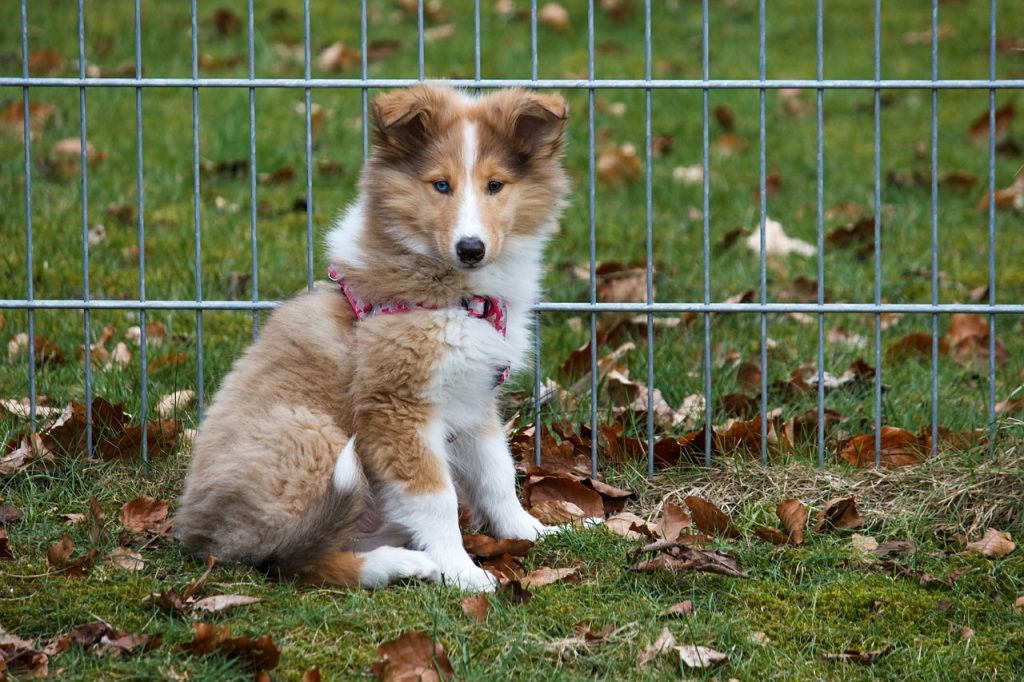When Obedience Classes Don’t Work?

A lot of obedience classes teach pattern training. You are asked to have your dog complete an exercise in a specific manner, repeatedly. The dog learns the routine and by the end of the obedience course your dog can do the exercise. At least, it can do it in your home, or at the dog training center. Your dog may even be the star pupil at the training center.
The problem with pattern training isn’t seen until you take the dog into the outdoors. Once you add the three D’s, Distraction, Distance, Duration then you realize that your dog doesn’t understand the command at all. Instead, the dog has learned to follow a pattern.
- Obedience training is about learning, not executing a series of movements in a specific order.
- The purpose of obedience is, to save your dog’s life.
When you consider this as the objectives of obedience then it takes on a whole new perspective.
[content_box box_type=”e.g. normal”]
Let’s take a look at this scenario –
Your dog is off leash about 15’ from you. Across the road a cat jumps out of a tree. Your dog is suddenly over excited and starts towards the cat. Your dog will either listen to you repeat commands as it bolts across the street, or it will respond to the first command and either come, sit, or down.
[/content_box]
The outcome of the above scenario depends on whether your dog has learned the command, and wants to obey you, or the dog is reacting to its own excitement levels. Unfortunately, this is not taught in most obedience classes.
When we are training we will do one lesson inside, one outside, one at the back of the property, you get the idea. We also mix up the way we execute the exercises. We tell people to take their dogs to a new environment at least once a day. We don’t want your dogs to do the exercise perfectly by the next week. We want your dog to ‘learn’ to respond to the command.
It isn’t difficult to train a dog to respond. It just takes a little change in your mindset. Dogs are not programmable. They are thinking, emotional, and social animals. We can use a dog’s wants and needs to teach them to work for us.
- A dog needs to trust you. You cannot be a source of fear or pain to your dog.
- You need to be fun to be with.
- Obedience needs to be a lifestyle. It just needs to be natural to your dog, and not a 10 minute a day exercise.
- Obedience is a lifestyle. It needs to be something you work on as part of the dog’s daily routine, for the rest of the dog’s life. If you fade, your dog’s level of obedience will fade.
- From day one practice around distractions.
- Be patient and teach the dog to be responsible for its actions. Teach the dog to choose to obey you instead of running off and doing what it wants.
- Don’t use corrections. A leash is not a steering wheel and break. The dog is only learning when it is making choices.
- Learning happens when the dog is moving – so practice on walks, not in your kitchen while making supper.
- Happy dogs learn, so make your dog happy.
- Dogs are taught to learn. Dogs are taught to work. Dogs are taught to perform. You either teaching your dog to respond to you – or you are teaching your dog it doesn’t need to respond to you. Or, you are teaching it that it only needs to respond when you are close enough to cause discomfort.
When signing up for an obedience course ask yourself whether the dog is being given a chance to learn, or whether you are being shown a ‘pattern’ that your dog is taught to perform.
